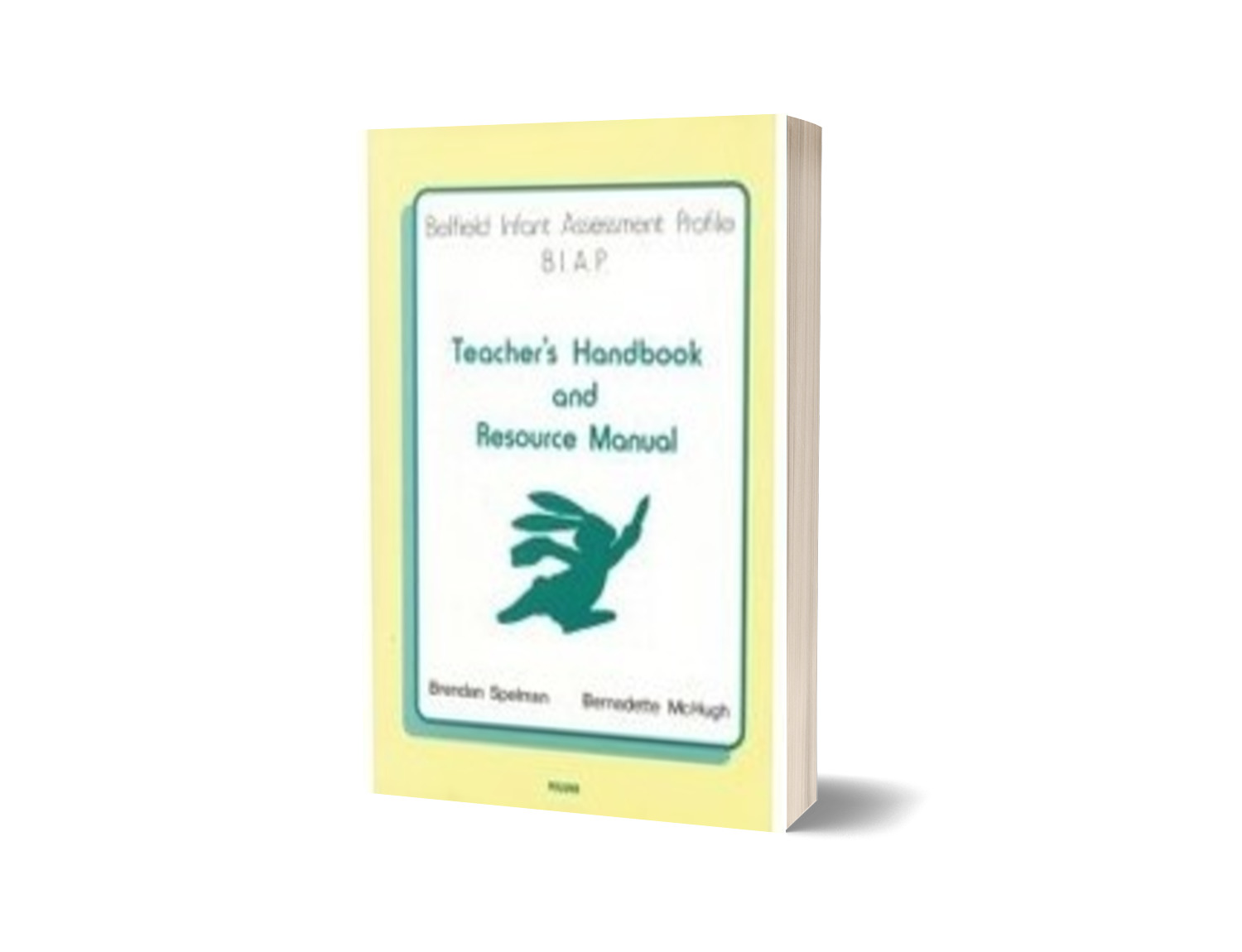Age Range: 4 to 7 Years
Administration: Individual
The BIAP is a screening instrument designed to assist teachers in identifying the particular strengths and needs of children in the infants classes of primary schools in Ireland. It lays the foundation for a continuing process of structured observation, diagnostic remediation and recording of a child’s learning development as he/she progresses through primary school. It is also intended as a first stage in the continuing dialogue between teachers and parents on the education of the child. The BIAP is suitable for administration to pupils from ages 4 to 7 and norms are available at six-monthly intervals between the ages of 4 to 6 against which a pupil’s performance may be compared. Norms are also included for pupils within the age range 6 to 7 years to assist in the diagnosis of suspected learning difficulties for this cohort. However, the target group for whole class screening for which the BIAP is intended is the junior infant class or pupils within the approximate age range 4.00 to 6.00 years. Where necessary, selective assessment of groups or individuals outside this age range may be conducted. However their performance should always be evaluated with reference to the appropriate age norms and Diagnostic Profile Charts contained in the Pupil Profile Book.
The BIAP should be administered to all junior infant pupils in the second half of their first year in primary school when the class teacher is familiar with their pupils and their circumstances and has had an opportunity, in consultation with parents, to complete the Biographical and Developmental sections of the Pupil Profile Book. The BIAP may also be administered to senior infant classes, or more selectively to older pupils, depending on the profile requirements of the school or the incidence of pupils with undiagnosed learning difficulties in more senior classes. The BIPA may additionally be employed in assessing the longer term effectiveness of a particular form of remedial intervention with a child simply by re-administering the same BIAP screening procedures after remediation, this time interpreting the scores with reference to the more advanced age norms and profiles provided in the Pupil Profile Book.
Background to BIAP
The first formal stage in the development of appropriate screening procedures for use in Irish primary schools involved the distribution of a detailed questionnaire on screening to a sample of 60 randomly selected infant teachers in the greater Dublin area in 1992/93. These 60 teachers were required to ‘rank-order twenty seminal screening behaviours in each of five major developmental areas in terms of their significance as indicators of potential learning difficulties and their appropriateness for inclusion in an infant screening procedure”.
The key areas of infant development to be considered by teachers were determined following a review of the relevant research literature and an examination of existing screening instruments and procedures. The five major developmental areas ultimately selected were the following:
- Early Learning Styles
- Language and Communication
- Perceptual Processes
- Motor Development
- Social and Emotional Development
The behaviours which teachers ranked as being of greatest significance in the diagnosis and prediction of learning difficulties formed the basis from which the present BIAP screening instrument is derived












